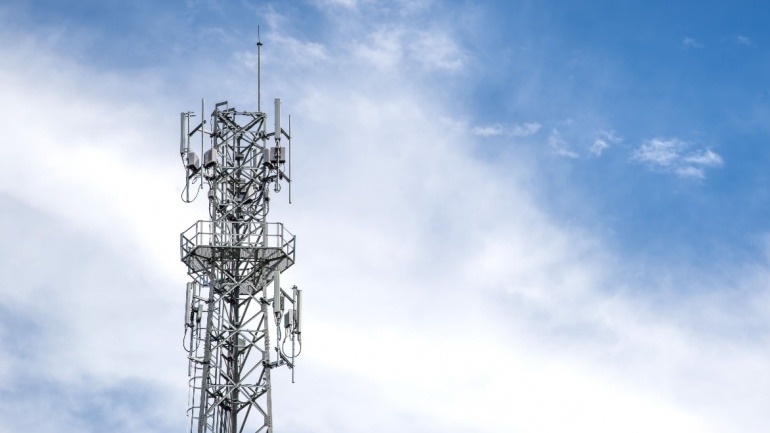Nokia and Taiwan Mobile extend their partnership to boost Taiwan’s 5G and LTE network capabilities. By deploying Nokia’s cutting-edge 5G AirScale solutions, this collaboration promises enhanced user experiences for over 10 million customers.
The UK’s Competition and Markets Authority has given preliminary approval to a landmark merger between Vodafone and Three UK. This transformative step forward in VoIP services involves a major network upgrade, incorporating 5G technology.
U Mobile has secured approval to launch the country’s second 5G network, enhancing national 5G infrastructure in partnership with Huawei and Digital Nasional Berhad. This move follows Malaysia’s dual-network transition and underscores U Mobile’s commitment to innovation, local investment, and international collaboration.
Nokia collaborates with Hrvatski Telekom to enhance 5G capabilities and empower app developers through advanced APIs. By leveraging Nokia’s Network as Code platform, developers can monetize 5G technology, driving innovation in consumer, enterprise, and industrial applications.
This week’s collaboration between Wind River and Rakuten Symphony marks a significant advancement in Open RAN technology. This partnership is set to revolutionize telecommunications, enhancing flexibility with powerful cloud-to-edge solutions.
Celona has unveiled Aerloc, a cutting-edge ‘zero-trust’ security feature for private 5G networks. Designed for industrial use, Aerloc offers unified SIM-based authentication, dynamic policy enforcement, and seamless IT/OT integration.
Virgin Media O2 strengthens its focus on digital innovation by selling an 8.33% stake in Cornerstone to Equitix. As the UK’s largest tower operator, this move highlights Virgin Media O2’s strategy to optimize its infrastructure investments while prioritizing future advancements in 4G and 5G development.
Deutsche Telekom plans to phase out its 2G network by 2028, reallocating the spectrum for improved 4G and 5G networks. This transition will support robust data transmission, especially benefitting rural areas.
Korean tech giants SK Telecom and Samsung Electronics are advancing 5G connectivity with AI-enhanced solutions. By deploying Samsung’s AI-RAN Parameter Recommender, SK Telecom optimizes 5G base station settings, leading to improved network quality.
Argentina’s telecom sector is poised for a 5G revolution as the government releases more spectrum, boosting the digital infrastructure. By reallocating spectrum from Arsat and Enacom, the initiative promises significant investments and growth.













